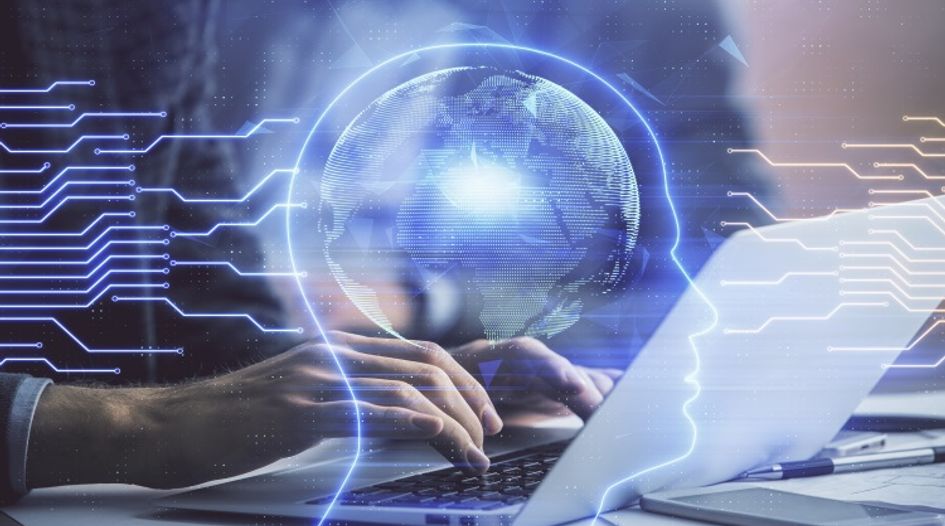The USPTO released guidelines on inventorship for AI-assisted inventions on Tuesday. The guidelines make it clear that, although AI systems can aid in the creative process, only natural persons—that is, humans—who significantly contribute to the ideation of an invention are eligible to be named as inventors. It also prohibits the use of AI models to generate patent concepts without a substantial amount of human input.
According to the USPTO, this stance is backed by laws, rulings from courts, and a host of other policy factors, such as President Biden’s AI Executive Order. We’ve previously discussed Dr. Stephen Thaler’s repeated attempts, turned down by US courts, to have an AI program named “DABUS” listed as the inventor on a US patent (the process started in 2019).
These guidelines are in line with prior US Copyright Office (and judge) themes, which state that significant human inputs are necessary for copyright protection and that an AI model cannot own a copyright for a work of media.
Using AI assistance to generate an invention does not automatically prevent a person from obtaining a patent, as the USPTO states, even though an AI model itself cannot be called an inventor or joint inventor on a patent:
The use of an AI system by a natural person(s) does not prevent a natural person(s) from qualifying as an inventor (or joint inventors) if the natural person(s) significantly contributed to the claimed invention. AI systems and other non-natural persons are not allowed to be listed as inventors on patent applications or patents.
Still, the USPTO states that a substantial amount of human work is necessary before an invention can be granted a patent: Having “intellectual domination” over an AI system does not automatically qualify someone as the creator of any inventions made possible by the AI system. Therefore, someone who is just in charge of an AI system is not an innovator overnight. The individual must have had a major influence on the invention’s conception.
The guidelines outline the procedure for filing an application if an AI model is used to assist in the creation of patents. Initially, patent applications for AI-assisted inventions cannot list “any entity that is not a natural person as an inventor or joint inventor, even if an AI system may have been instrumental in the creation of the claimed invention.” Instead, the applications must identify the natural person or people who made a significant contribution to the invention as the inventors.
If one looks past the obvious, it appears that the contributions made by AI systems are similar to those made by other tools that support the process of invention. It is not stated in the paper clearly that disclosure of AI use must occur throughout the application procedure.
Despite the published guidance, the USPTO is still accepting public feedback on its website regarding the recently disclosed rules and other matters pertaining to AI inventorship.








